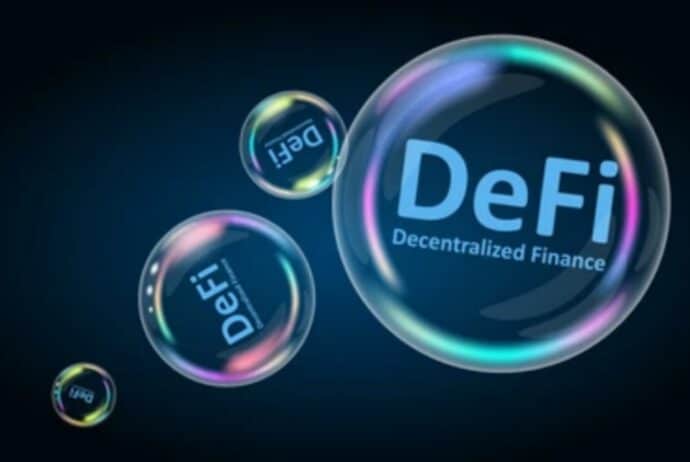David Schwartz, the CTO (Chief Technology Officer) of Ripple, has begun discussing the idea of possibly introducing federated sidechains in an attempt to enable developers to successfully implement DeFi (decentralized finance) capabilities and smart contracts alongside the XRP Ledger.
As of the time of this writing, XRP is trading at $0.9, with a positive 6.3% increase since yesterday and an 11.8% decrease within the past week. It is also currently ranked as the 7th largest cryptocurrency in terms of market capitalization.
Hesitancy to add smart contracts
The CTO had realized that the reason as to why Ripple had remained hesitant as far as implementing smart contract capabilities was concerned was because although the demand for such capabilities had indeed been rapidly rising as of late, there was nevertheless this belief that the ledger’s primary focus, which was on payments, would somehow be compromised.

CypherMindHQ.com Artificial Intelligence Crypto Trading System - Surpass the competition with this cutting-edge AI system! Utilize the prowess of innovative algorithms and amplify your crypto trading strategies with CypherMindHQ. Learn more today!
However, Ripple may be forced to give in to the demand as its rivals, such as Solana (SOL), BSC (Binance Smart Chain), and Ethereum (ETH), are all networks that have been utilizing smart contracts for some time now. This pressure to add smart contracts in order to keep up with the competition may prove to be what ultimately causes Ripple to administer the capabilities onto the aforementioned XRP Ledger.
Federated sidechains
The implementation of the federated sidechains would thus allow the ledger’s developers to administer the smart contracts, which will interact with Ripple’s native XRP token and the ledger itself. This will be done in a manner that would guarantee that the ledger would remain ‘efficient and lean.’
Furthermore, every sidechain shall be its very own respective blockchain, complete with added support required to successfully transfer XRP as well as issued tokens for itself and also the primary ledger. Also, in order to actually implement the sidechains, Ripple representatives claim that only ‘2 trivial changes’ would have to be made to the ledger.
Lastly, Schwarts had noted that every sidechain would also have its own account on the ledger, which has the capability to hold various assets for the sidechain users. Every sidechain will additionally be able to utilize XRP as the native asset or, if needed, can also select a native asset of its own respective selection. The sidechains would even have the ability to function without reserve requirements or transaction fees and can also add various new types of transactions.



